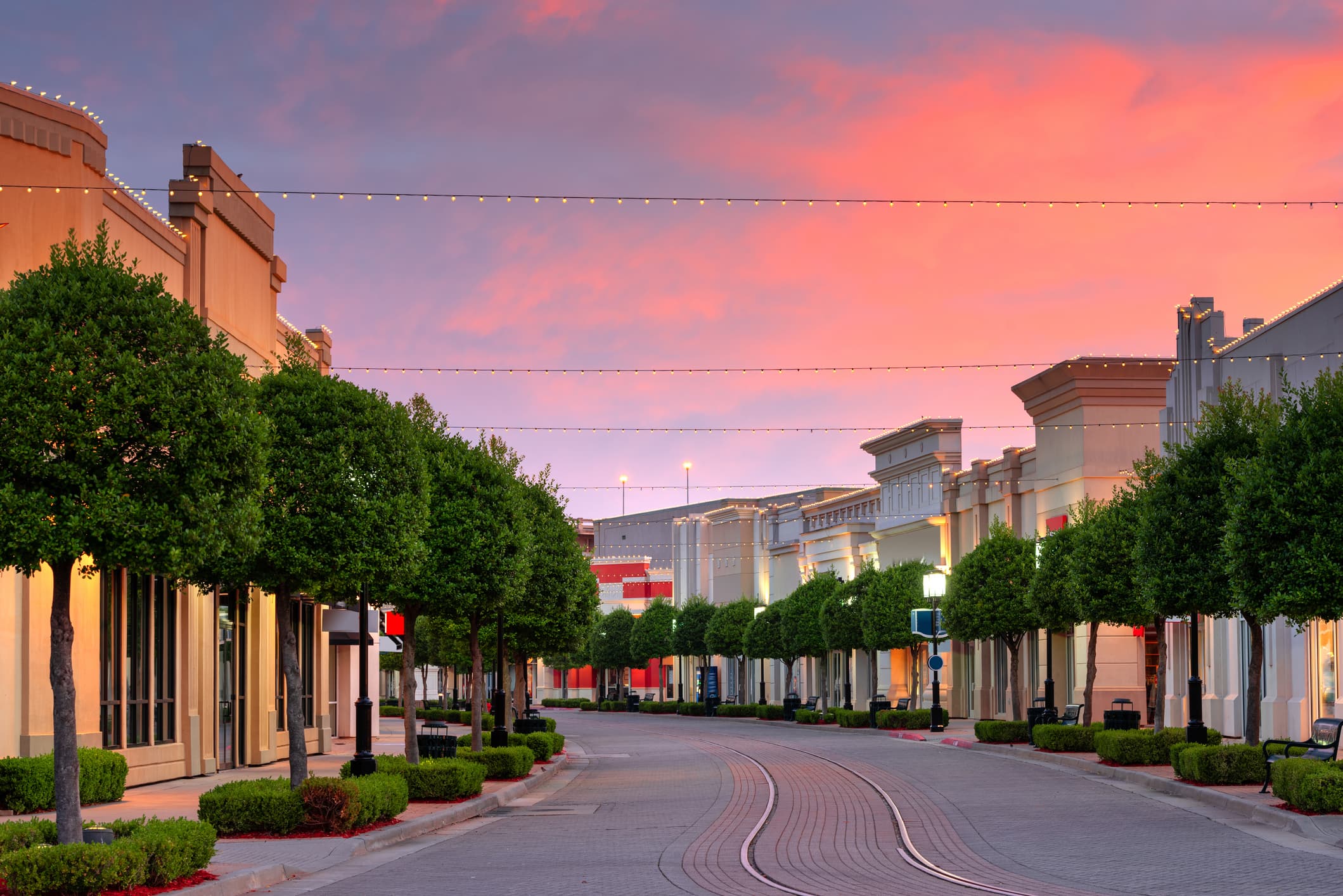What the biggest names in tech, media, and retail are saying about the future of commerce
Explore the four key dimensions of transformation that are defining the retail sector's third golden age; a major topic at this year's Shoptalk Spring conference.

Key highlights
Leaders across technology, media, and major brands gathered at Shoptalk in Las Vegas from March 24–27 to discuss the future of retail commerce
Presenters emphasized that the third “golden age” of retail has arrived – one powered by technology and centered on hyper-personalization and convenience
While investments in shopper-focused technologies were once labor- and capital-intensive, today’s generation of AI tools can be prototyped and deployed far more quickly and efficiently
The physical storefront remains a vital part of retail strategy – a critical node in a connected web of fulfillment and experience; certain products still require in-person sales, and many brand experiences cannot be fully replicated online
Retailers that embrace hospitality, vision, inspiration, and value will thrive in this new era; for commercial real estate investors, this shift presents an opportunity to reinvest in undervalued assets poised for a comeback
Leaders in retail come together for Shoptalk Spring 2025
Shoptalk, a premier retail and e-commerce conference, took center stage on the Las Vegas Strip from March 25–27, 2025. Bringing together top executives from retailers, brands, technology companies, media platforms, and leading investors, the event served as both a forward-looking exploration of the future of commerce and a real-time “pulse-check” on consumer health. Attendees examined evolving retail strategies, changing tenant demand drivers, breakthroughs in omnichannel innovation, and the reimagined role of the physical storefront in an increasingly digital-first environment.
Retail is in the midst of a profound shift – one that conference leadership described as its “third golden age.” The first was the rise of department stores in bustling central business districts, where unrivaled service and product variety drew consumers into multi-level palaces. The second golden age brought about specialty retailers and the suburban mall, designed as a destination for entertainment, dining, and socialization. Now, in this new era, technology is reshaping how retailers connect with shoppers, as hyper-personalization and convenience become the name of the game.
Below, we explore four key dimensions of this transformation as discussed at Shoptalk – tailored especially for commercial real estate (CRE) professionals who want to understand what’s next for consumers and the space needed to support them.
The third “golden age” is in full swing
This year’s Shoptalk was itself evidence of retail’s energy and momentum. More than 5,000 new attendees joined the event – a remarkable year-over-year surge – while hundreds of startups exhibited solutions aimed at everything from supply chain optimization and micro-targeted marketing to AI-enhanced in-store radio. Such strong interest in the intersection between shopping, technology, and media underscores the argument that retailers and brands are not simply aiming to survive; they are proactively adapting to a landscape that prizes efficiency and innovation.
In contrast to earlier retail evolutions, this current wave goes beyond new store formats or fresh merchandising. It’s about harnessing data to predict consumer behavior, personalizing every facet of the shopping journey, and blurring the lines between online and offline channels. Retailers can do all of this more quickly and cost-effectively than ever before, thanks to next-generation digital tools that drastically lower the barriers to entry for experimentation and prototyping.
AI is a true industry game-changer
Industry leaders likened the potential of artificial intelligence to the dawn of the internet age in 1999, but there is a key difference: deploying AI solutions today does not require the same massive capital outlay or labor force once needed to stand up an e-commerce platform two decades ago.
Not only can the technology improve operational efficiency, but it is expected to drive better consumer experiences. It’s becoming increasingly common for shoppers to encounter AI-driven chatbots, dynamic store displays informed by real-time shopper data, or social media commerce that bridges the gap between inspiration and transaction. For CRE professionals, the result is an emerging class of tenants that are leaner, more responsive to local markets, and able to adapt store footprints or merchandising strategies at a moment’s notice.
The physical storefront is evolving, not dying
Despite the high-profile struggles of some legacy names – Forever 21 and Hudson’s Bay, for example – brick-and-mortar is by no means obsolete. Many brands featured at the conference, including Coach, Gap, and Abercrombie, are reinventing themselves through smaller, more flexible store formats that prioritize experiential retail. These updated concepts resonate with modern shoppers, who increasingly value discovery, personalization, and community engagement, rather than a one-size-fits-all approach.
Meanwhile, segments like grocery and consumer packaged goods (CPG) face inherent challenges in replicating their offering purely online, leading them to seek new revenue streams. From retail media (in-store advertising) to consumer data sales, these businesses are finding innovative ways to offset traditionally low margins.
As a result, existing shopping centers remain attractive investments, often available for acquisition at values far below their replacement cost. Moreover, center owners are effectively stepping into the role of the former department store “general merchandiser,” curating the right mix of tenants and experiences to draw consistent local, regional, and super-regional foot traffic.
Long-term trends trump short-term uncertainty
Tariffs, inflation, and broader economic headwinds continue to generate chatter, but the prevailing view among industry leaders is that the real story lies in longer-term trends. Retail executives are focusing on a five-to-ten-year horizon, where generational shifts hold particular significance. Boomers are downsizing, relocating to cities for better walkability, and therefore pioneering re-urbanization. Meanwhile Gen Z – armed with trillions in projected buying power by 2030 – displays a surprising comparative enthusiasm for in-person retail experiences. The two generations share an affinity for the social and communal aspects of shopping that purely digital environments cannot replicate.
Physical storefronts are, therefore, widely expected to maintain a central role in what industry insiders call a “complex fulfillment network,” comprising everything from conventional store shelves to online portals and social commerce platforms. Shoptalk’s leadership maintains that retailers who can balance hospitality, vision, inspiration, and value (the conference presentation stage names) will be successful in the third “golden age”. For CRE professionals, this translates into an opportunity to reinvest and repurpose undervalued assets and forge partnerships with retailers that aggressively embrace this new era.
Want to be notified of our new and relevant CRE content, articles and events?
Author

Cole Perry
Associate Director of Research
Author

Cole Perry
Associate Director of Research
Resources
Latest insights





Apr 8, 2025
What the biggest names in tech, media, and retail are saying about the future of commerce

